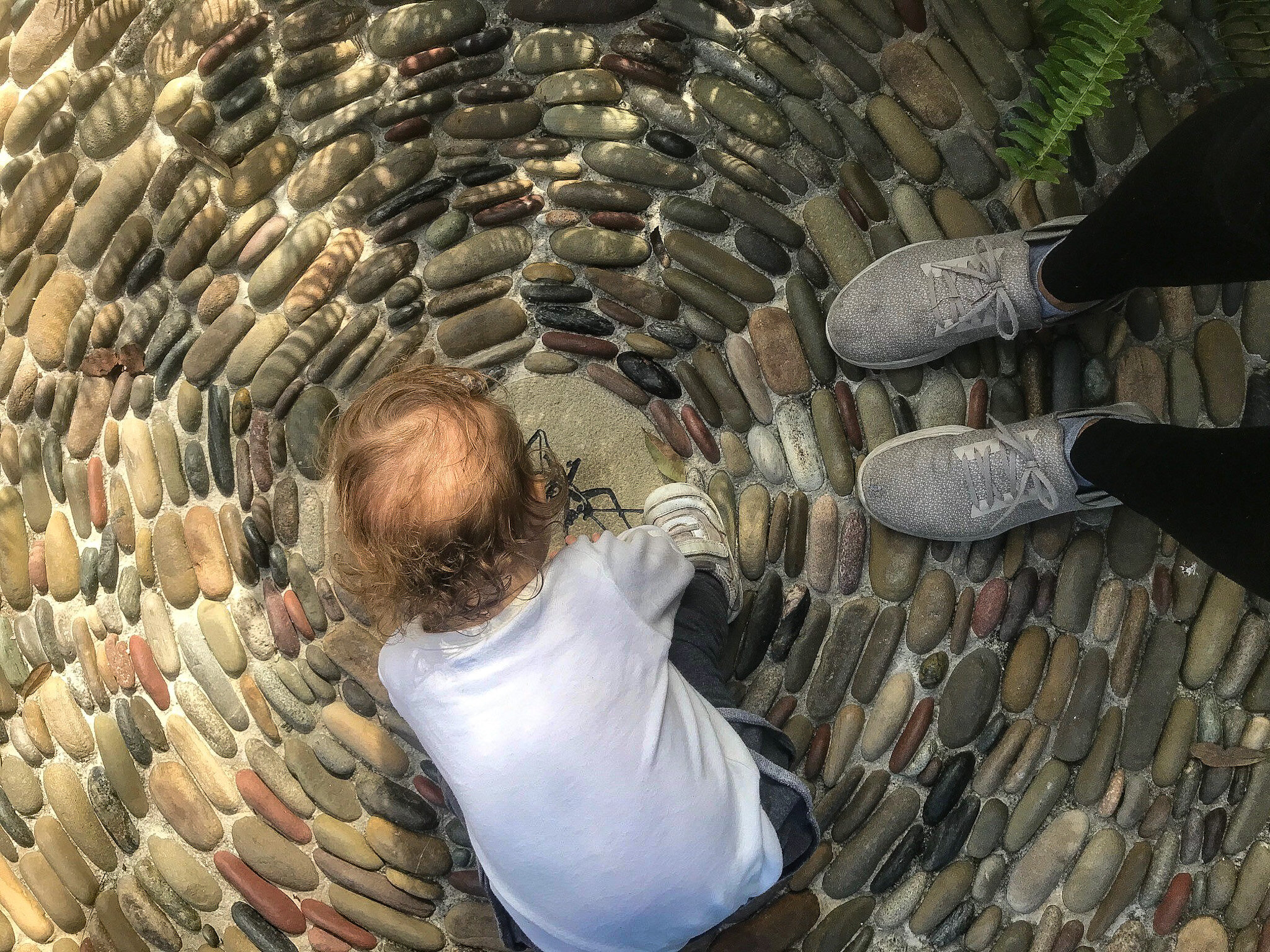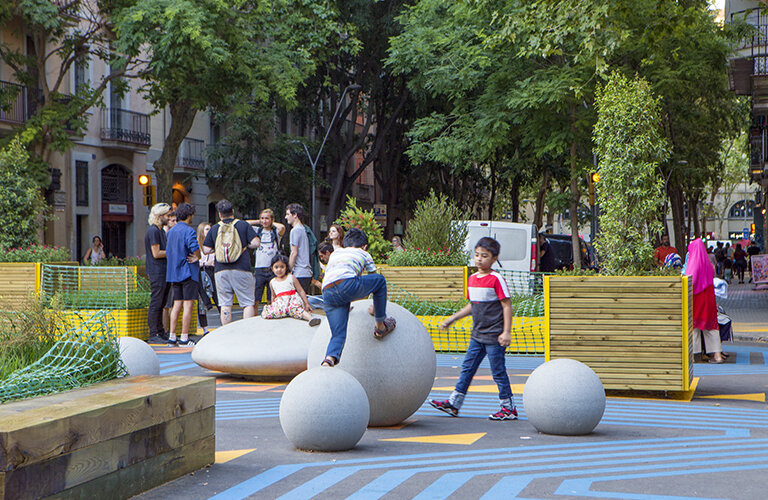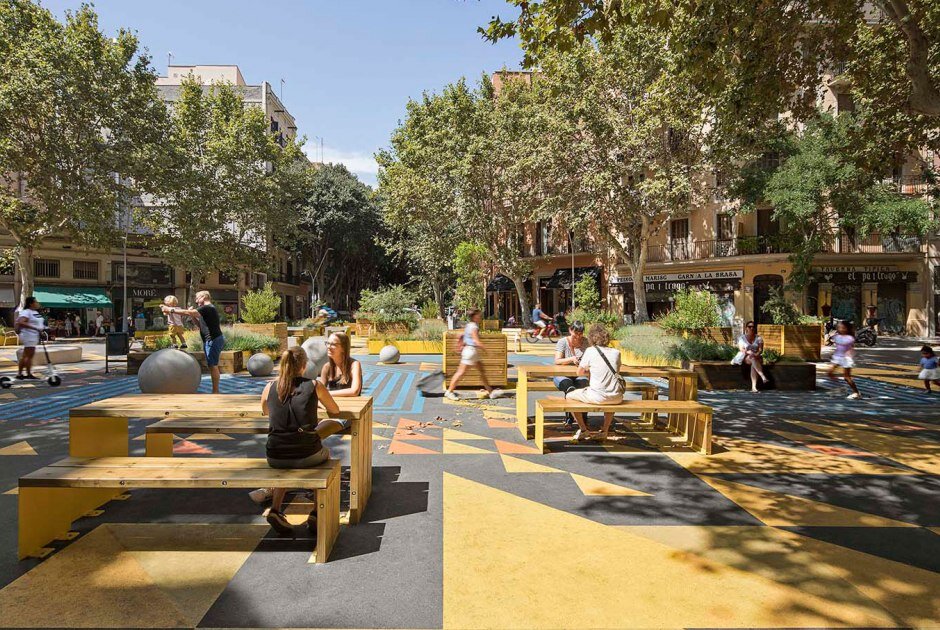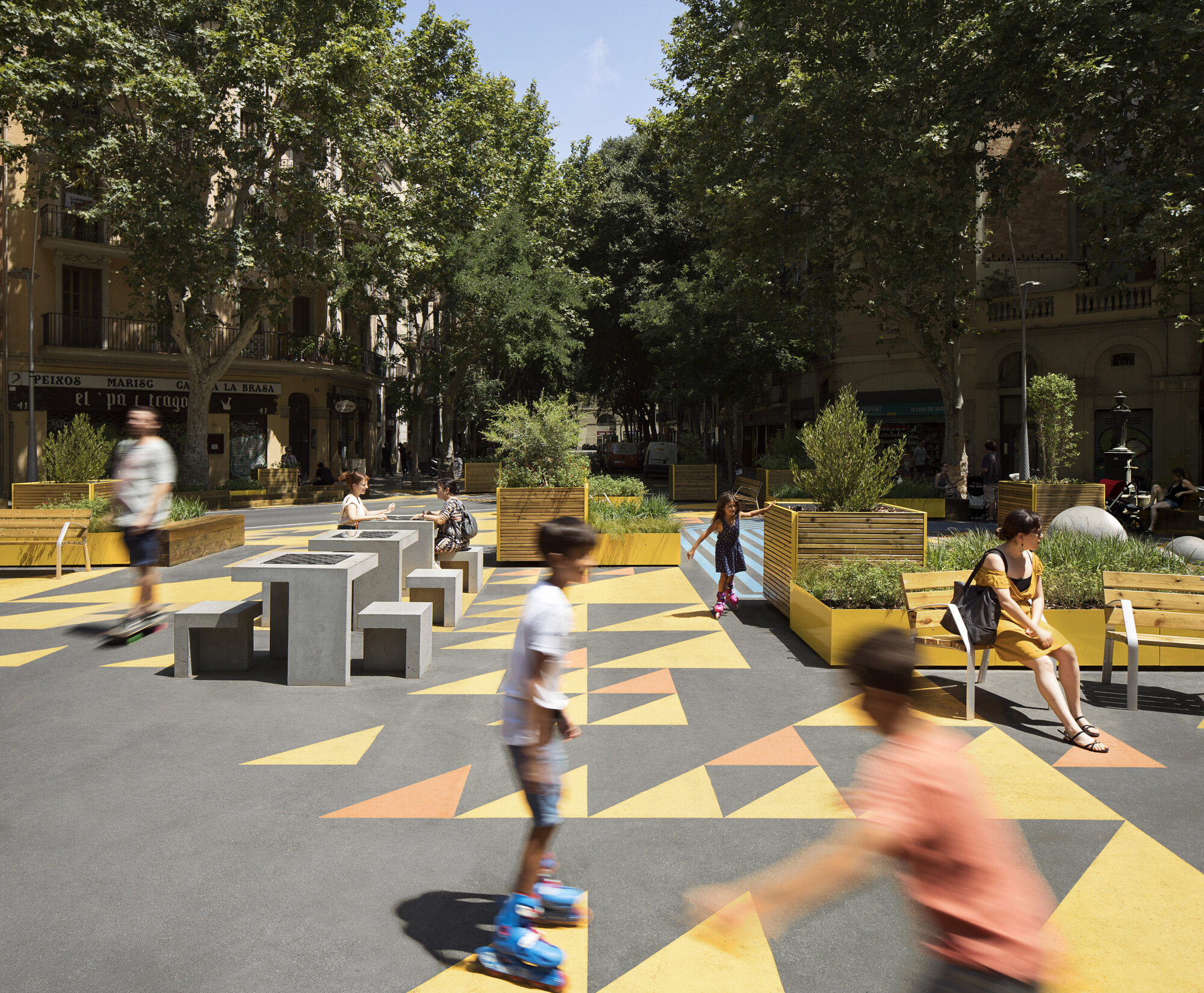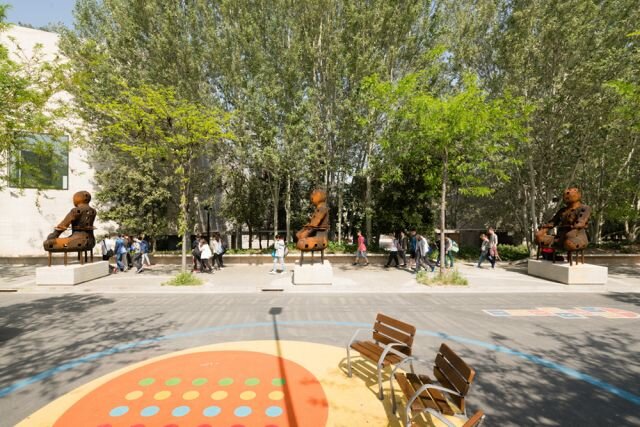How to Design for Play
It goes without saying that your life changes in many different ways after having children, and that can often include your professional life. But what landscape designer Viviana Castro was surprised to learn was that motherhood would allow her to do her job from a completely new perspective: her daughter’s.
A new mom, Viviana watched as her daughter explored the world for the first time. She quickly realized that although public spaces weren’t usually designed for children to play in, they’d often find ways to make them fun. But what if more built environments were specifically designed with play in mind?
“Play,” defined as an activity engaged in for enjoyment and recreation, is fundamental to human development. Yes, playing is enjoyable, but it’s so much more than fun and games. From critical thinking and creativity to motor skills and emotional intelligence, play helps children develop cognitively, physically, socially and emotionally.
To better understand how to design for play, Viviana began trying to intentionally see spaces from her daughter’s eyes. For example, because children are smaller and closer to the ground, it’s important to design at their eye level and ensure things are within their reach. They’re also naturally curious and are attracted to color, textures and things that move, so incorporating sensory experiences can make environments more interesting to them.
The most successful play spaces:
Are easily accessible
Allow for different “types” of play
Consider the needs of children with varying abilities
Work with a site’s natural elements
Encourage social interaction
And include practical necessities like shade and seating
Family-friendly design involves creating spaces that are not only safe and fun for children, but that are appealing to their parents as well. After all, if children can safely enjoy a space where adults already want to be, it’s a win-win for the entire family. And although we can’t put playgrounds everywhere, the various elements of play can be incorporated into built environments.
To see this in action, let’s take a look at the Superilla Poblenou in Barcelona, Spain. It’s the city’s first “superblock,” a large urban area designed specifically for pedestrians. Its design integrates color, playful furniture and sculptural art like concrete spheres. Although these elements are designed to block cars from entering the superblock, they provide amazing play structures for children and are aesthetically pleasing enough for adults to appreciate as well.
As today’s children have fewer opportunities for outdoor play than older generations, it’s our responsibility to design places that encourage and facilitate play. And to do so, sometimes all we have to do is turn to the very kids we’re designing for. They might still be learning, but they can certainly teach us a thing or two.


